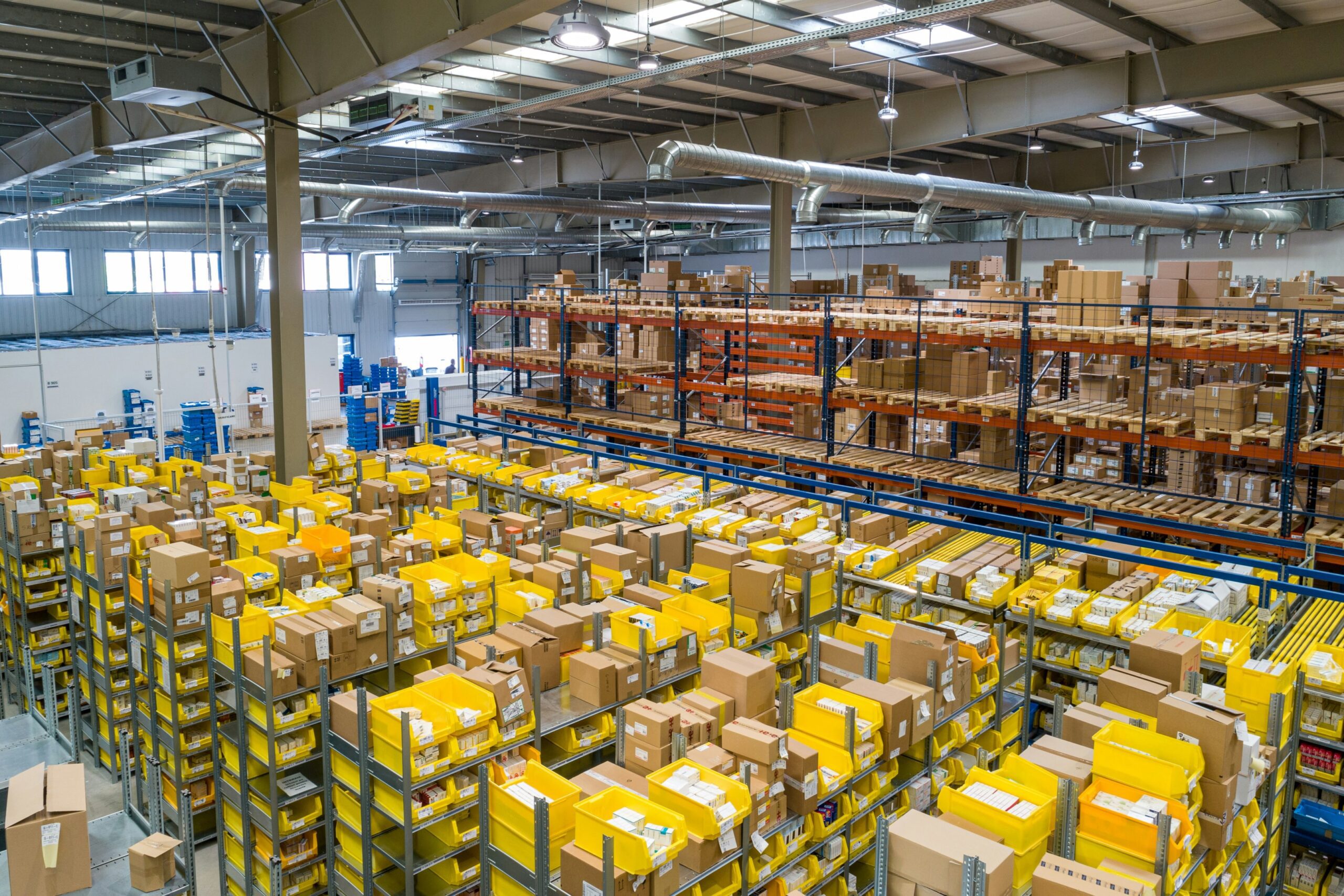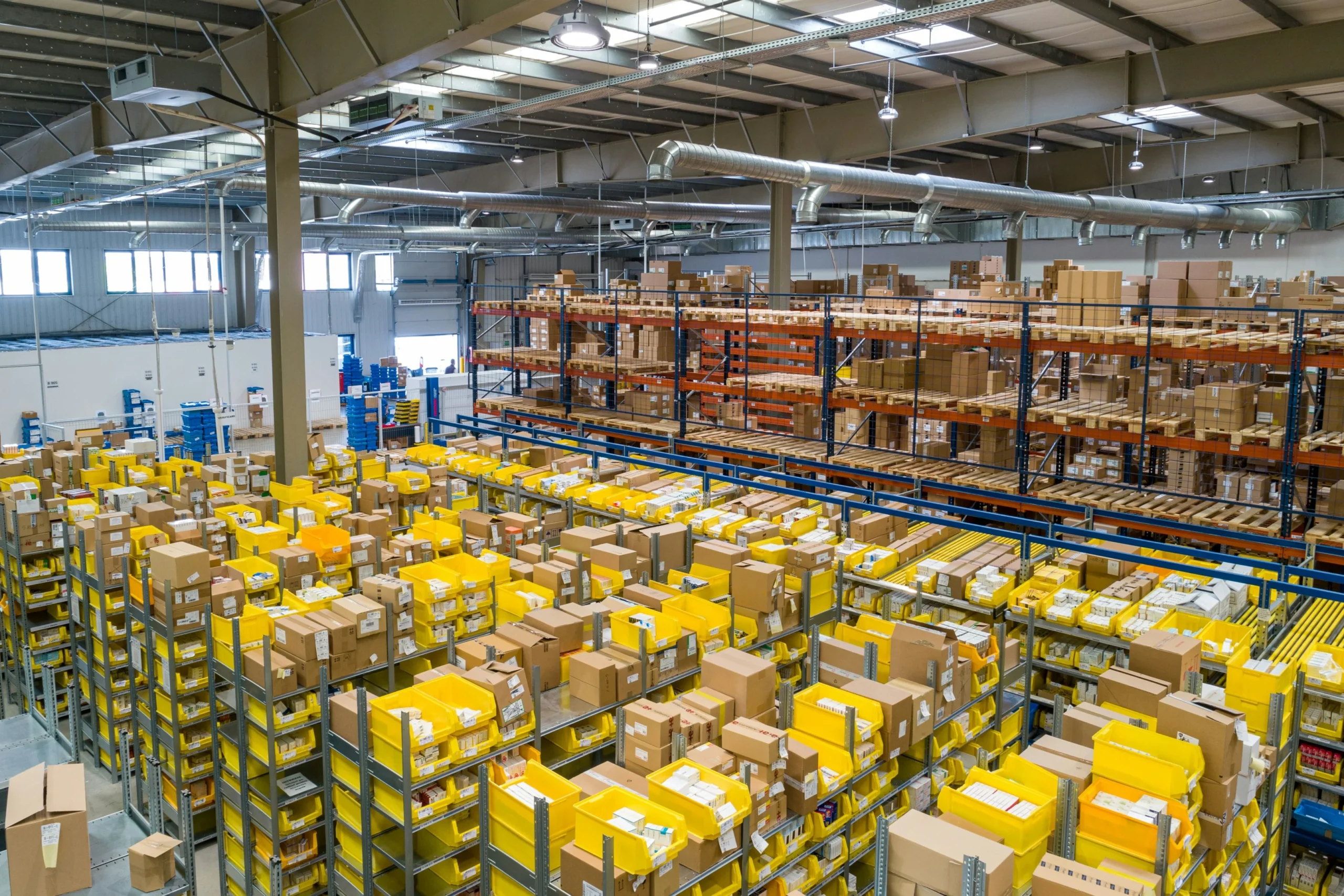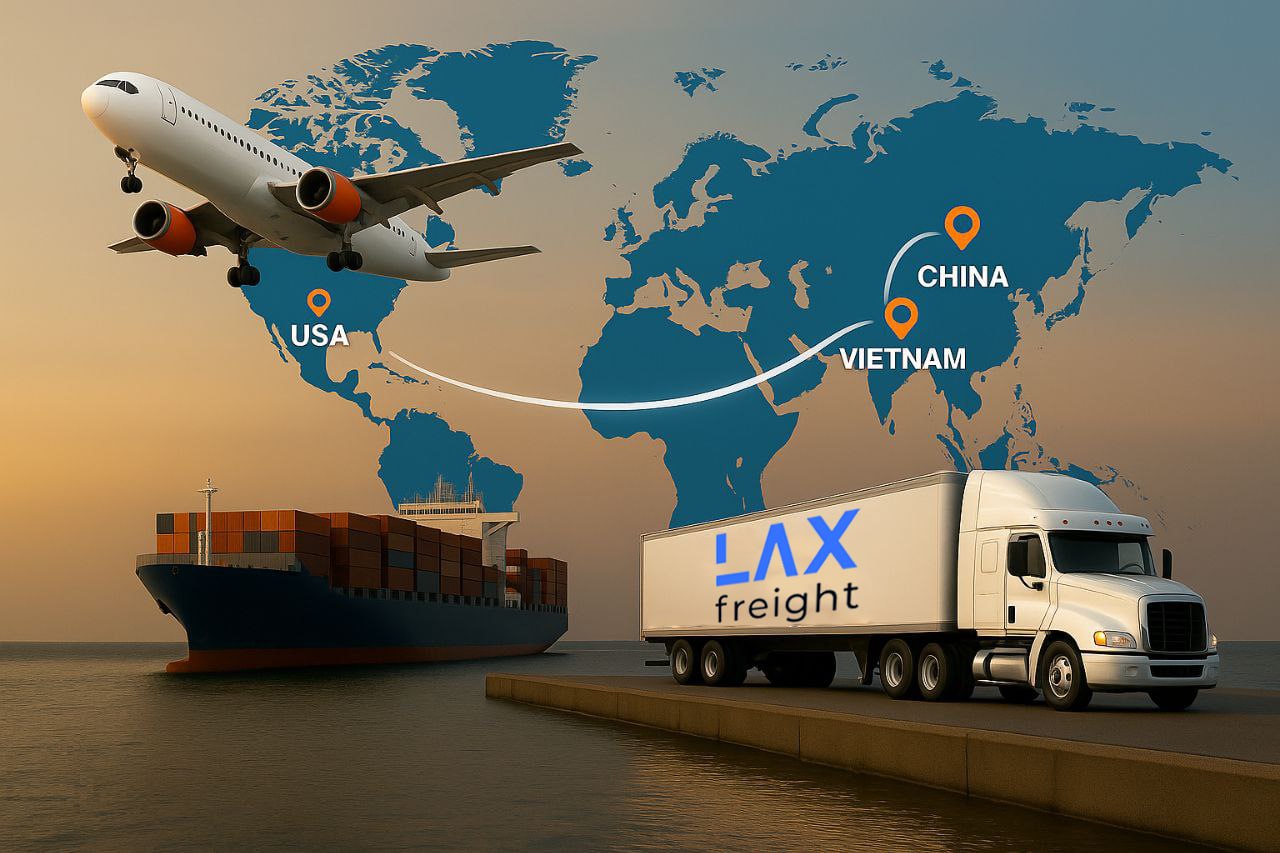Shipping costs are one of the major considerations for e-commerce businesses. They affect overall profitability, customer experience, and overall success. With increasing consumer expectations for faster delivery and lower expenses, companies should find solutions to streamline their shipping process while keeping expenses in check. High shipping costs can strain profit margins and lead to lost sales if customers perceive shipping fees as excessive.
To remain competitive, businesses need to adopt strategic solutions that address various aspects of their logistics operations, including partnerships with shipping carriers, optimized inventory management, and the use of advanced technology. This guide offers practical, actionable steps to help e-commerce businesses reduce shipping costs, improve efficiency, and maintain high service standards.

What do Shipping Costs Include?
Shipping costs involve a wide range of expenses incurred during the transportation process. For e-commerce businesses, understanding these costs is crucial to developing an effective shipping strategy. This can minimize shipping costs while ensuring customer satisfaction and maximizing supply chain management efficiency.
Usually, transportation expenses include:
Transportation services. This includes fees charged by shipping carriers. These costs will vary depending on whether you choose ground shipping or air transportation. The other essential factors include package weight, dimensions, and shipping zones. Choosing third-party logistics (3PL) services can sometimes secure better shipping options through negotiated contracts.
Fulfillment costs. This section involves the expenses associated with order fulfillment, such as packaging, picking, and packing materials. Businesses using their warehouse or fulfillment centers in strategic locations can optimize their fulfillment process for shipping costs reduction. Companies can also cooperate with a fulfillment company to shift some of these costs to a service provider.
Warehouse operations. Whether you have your warehouse or cooperate with a fulfillment center, product storage costs are a significant part of shipping logistics. Efficient inventory management and the use of a warehouse management system (WMS) or warehouse management software can help store inventory effectively.
Packaging costs. The cost of the load packaging, such as boxes, bubble wrap, and labels, contributes to shipping costs. Reducing unnecessary packaging can lead to substantial cost savings.
Variable costs. These are costs that fluctuate depending on the shipment, such as additional handling fees, fuel surcharges, or insurance. For instance, shipping insurance for high-value items can protect against losses.
How Shipping Costs are Calculated
Calculating transportation expenses involves several stages. By breaking down this process, e-commerce businesses can better understand the variables that affect their shipping logistics and identify ways to save money on shipping costs.
Determining package details. The first step is to measure the weight and dimensions of the freight and its package. Using compact packaging or optimizing packing materials can minimize variable costs.
Assessing shipping zones. Shipping zones represent the distance between the place of origin and the shipment’s destination. Businesses can lower costs by utilizing fulfillment centers located near major customer bases.
Choosing the shipping method. Faster delivery options, like air transportation, may result in higher costs while providing shorter delivery times and enhancing customer experience.
Adding optional services. Businesses can opt for services like shipping insurance, tracking, or signature confirmation for added security. These services enhance the consumer experience and increase shipping prices.
Consider fulfillment strategy. The cost structure varies depending on whether you manage your own warehouse or outsource to a 3PL company. The second option often reduces fixed costs while offering scalable solutions.
With this breakdown, businesses can better understand how their shipping costs are calculated and identify ways to adjust their shipping strategy for greater efficiency.
Tips To Reduce Shipping Costs For E-commerce
Shipping is one of the most critical aspects for any business, including e-commerce companies. This stage directly impacts profitability, customer experience, and overall competitiveness. High shipping expenses can impact profit margins and lead to client loss if costs are passed on to customers. Finding ways to minimize shipping costs can provide a strategic advantage in the competitive market.
A well-thought-out approach to the delivery process can lead to reduced transportation expenses while ensuring that delivery timelines and customer expectations are met. Small changes, such as choosing reliable carriers and leveraging third-party logistics providers to implement technology and optimize packaging, can result in significant benefits. Moreover, enhancing efficiency in warehouse and inventory management reduces operational waste, providing a seamless experience for customers and boosting their loyalty.
Businesses can implement various strategies to optimize their logistics services, streamline the supply chain, and achieve significant cost savings. Whether it’s partnerships with reliable 3PL providers, strategic warehouse management, or the use of innovative technology, these actions help improve efficiency and profitability.
Negotiating with Carriers
One of the most effective ways to lower shipping costs is to negotiate with carriers. They can offer discounts or customized rates to businesses that demonstrate consistent shipping volume or specific requirements.
Building long-term relationships with major carriers can lead to more favorable pricing and terms. Regular communication and consistent business with these logistic partners increases your chances of receiving discounts.
In addition, it’s crucial to evaluate several carriers and compare their shipping rates. Consider their pricing models, delivery times, and additional services. Different carriers may offer better rates for some regions, weights, or shipping methods.
Additionally, you can cooperate with a freight broker or leverage third-party logistics services. A freight broker is an intermediary between businesses and carriers, negotiating rates and conditions. This can be beneficial for companies without high shipping volumes but looking for a cost-effective option. On the other hand, a 3PL company can secure negotiated carrier rates through their network. By consolidating shipments from various businesses, they can obtain lower shipping rates than an individual business might achieve alone.
Understanding Shipping Zones
Shipping zones are the geographical areas that carriers ship to. They measure the distance a shipment travels from Zone 1 to 8. The point of origin is considered Zone 1. The farther the destination is, the higher the zone and the higher the shipping costs.
Shipping zones directly impact transportation expenses. Understanding their meaning and ways to optimize them can lower expenses and improve delivery speed.
Strategically positioning your own fulfillment centers can reduce shipping distances and transportation expenses. For instance, if a large portion of your customers are on the West Coast, operating a fulfillment center in that region minimizes costs and delivery times.
Operating several warehouse locations nationwide ensures shorter delivery times and lower costs by reducing the average distance traveled per shipment. This strategy can be suitable for businesses with nationwide customers.
Using Shipping Insurance
While shipping insurance is essential for high-value shipments, overusing it can inflate costs. Companies should assess when insurance is necessary and explore cost-effective options. For instance, companies can prioritize high-value shipments, reserving insurance to protect them during transit. The replacement cost may be lower than the insurance expense for lower-value goods.
Third-party insurance providers can offer more affordable options than carrier-provided companies. You can assess these options to choose the most suitable options for you.
In addition, companies with high shipment volumes and low incident rates may find launching a self-insurance fund for occasional losses more economical than purchasing insurance for every shipment.
Weighing Packages and Reducing Dimensions
The dimensional weight (DIW weight) of the load is a major factor influencing shipping expenses. It considers the size and weight of a packed freight. You can follow these steps to optimize the package and reduce its weight:
Avoid oversized boxes and excess padding. Custom-sized boxes can save on shipping costs, optimizing the use of truck space.
Switch to lighter alternatives such as air pillows, foam inserts, or recyclable paper instead of heavier materials.
If possible, combine several products in a single package. This reduces the total number of shipments and lowers overall costs.
Use tools or services to evaluate and optimize your packaging. Third-party logistics companies provide consultations to help businesses reduce packaging costs.
Partner with a 3PL for long-term savings
A third-party (3PL) provider) can streamline your supply chain management and reduce shipping expenses. Outsourcing fulfillment of the delivery to a 3PL allows businesses to focus on growth while leveraging professional expertise. For instance, cooperation with a 3PL reduces the need to invest in your warehouse and staff, providing shared warehouse space and services. In addition, 3PL companies offer flexible solutions to match your needs during peak seasons or scaling up as your business grows.
3PL companies often have established relationships with shipping carriers and can pass on their discounted rates to your business.
Implementing Technological Solutions
Technology plays a vital role in modern logistics. These solutions can reduce inefficiencies across the fulfillment process and cut unnecessary costs. Investing in modern tools can streamline operations and improve client satisfaction.
A WMS can automate inventory tracking, order picking, and packing. This software reduces errors and enhances efficiency.
E-commerce companies can also use shipping software to compare different shipping methods, select the best rates, and track shipments in real-time. Automating these tasks saves time and ensures cost-effective decisions.
In addition, analytics tools can help forecast demand, reducing the risk of overstocking or understocking. This minimizes storage costs and streamlines order fulfillment.
Evaluating Transportation Modes
Selecting the most suitable shipping services can balance cost and delivery speed, offering cost savings and consumer satisfaction. For example, ground shipping is generally more affordable compared to other transportation modes and is usually used for short to medium distances.
For larger shipments, freight shipping offers lower per-unit costs than parcel shipping. Companies should evaluate the volume and weight of their freight to determine the best mode. For bigger distances, you can combine several transportation modes. Thus, you can balance cost and speed, especially for time-sensitive products like food or pharmaceuticals.
Getting Discounted Shipping Rates
Finding and utilizing discounted rates is one of the easiest ways to reduce expenses in your e-commerce fulfillment operations. In particular, you can negotiate with shipping carriers for discounts if you need to ship large freight volumes consistently. Many carriers offer tiered pricing based on shipment frequency and size.
In addition, some carriers and third-party logistics providers offer loyalty programs for small and medium-sized businesses. These programs offer reduced rates, free pickups, and other perks.
Shipping rates and discount opportunities can change over time. Thus, it’s important to periodically reassess your agreements with carriers to ensure you’re receiving the best deal.
Conclusion
Reducing shipping costs is not just about saving money. It’s about creating a sustainable, competitive advantage in the fast-paced e-commerce landscape. From negotiating with carriers to optimizing fulfillment processes and integrating advanced technologies, every aspect of the shipping process offers opportunities for improvement. Implanting these strategies allows businesses to cut unnecessary expenses and enhance operational efficiency, providing better value to customers.
With a proactive approach to managing shipping expenses, e-commerce businesses can improve their logistics processes, streamline their supply chain, and increase profit margins. This is crucial in today’s competitive landscape to meet customers’ demand for faster deliveries and lower shipping fees.
Adopting third-party logistics services, optimizing warehouse processes, and reducing packaging costs ensures businesses remain competitive while meeting customer expectations. Furthermore, focusing on client experience and satisfaction by offering transparent and affordable shipping rates creates a positive experience, fostering loyalty and driving repeat business.
If you’re looking for efficient shipping solutions, LAX Freight is here for you. We offer reliable and cost-effective freight shipping solutions tailored to your needs and requirements. Our logistics experts are dedicated to helping your business achieve shorter delivery times and lower costs.
Contact us today to learn more about how we can save you money on shipping, streamline your supply chain operations, and exceed customer expectations.



